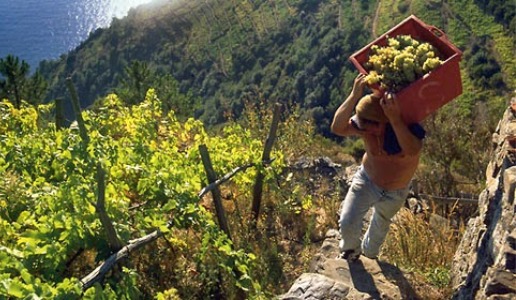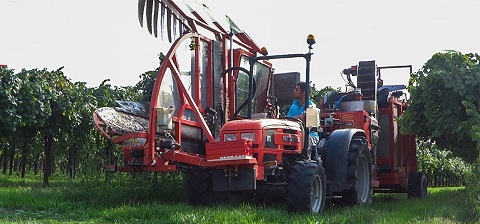The price of wine redux

Everything is relative; production costs for a wine can vary greatly, depending on where the vineyard is located, the yield per hectare and material costs. And along with real quality there is perceived quality…
How much should a quality wine cost? A simple question that has many different answers. Here we start with general data, off the cuff without any pretext of absolute precision.
In recent years, Italy has produced an average of 45 million hectoliters of wine with an overall turnover of around 15 billion euros. This means that a liter of Italian wine is “worth” just over three euros. An average price that takes into account the most modest bulk wine to those of Monfortino but offers a number to work with. In France, the average liter price for wine is closer to six euros, almost twice Italy’s. Of course, if we subtract the cheap, bulk wines without any appellation the price goes up but the fact remains that wine is not that profitable overall.
Then there is the distribution problem that is not small. Of the wines consumed in Italy, which more or less represents 60% of production, over two thirds are sold in supermarkets at various prices. For the vast majority of consumers, ten euros for a bottle of wine is a lot, while five euros is more reasonable. This is in no way a precise and documented market analysis but a general impression about consumers who are not particularly experts or wine lovers and corresponds with available data, offering ample food for thought.
 When it comes to people who do know the world of wine, it is easy to under-evaluate the fact that only a small percentage of consumers are willing to pay more than ten euros for a bottle of wine, at least in Italy. Things are slightly different in other countries but in this case wine consumption is much lower and involves a market of higher quality than in Italy. In the United States, for example, if a wine is priced at $9.99 retail (which means the winery sold it at no more than $2.50), sales tumble.
When it comes to people who do know the world of wine, it is easy to under-evaluate the fact that only a small percentage of consumers are willing to pay more than ten euros for a bottle of wine, at least in Italy. Things are slightly different in other countries but in this case wine consumption is much lower and involves a market of higher quality than in Italy. In the United States, for example, if a wine is priced at $9.99 retail (which means the winery sold it at no more than $2.50), sales tumble.
This is all fine and well for wines that are not select, produced in significant quantities and with the minimal quality acceptable. However, if the wines are important and famous, for a variety of reasons, and they are offered at low process, then it becomes a problem. One thing is to produce common “wine” from grapes with a yield of over 25 metric tons per hectare, grown on flat land using machinery. Another thing is to cultivate grapes in the hills, working by hand, with yields of less than eight MT, perhaps even organic and thus necessitating aging in wood. Production costs can vary greatly and if a wine is produced in the first way, then it can be sold at a lower price, while in the second case, if the price is not adequate to cover costs then there is the risk of making no profit at all and the temptation of give up winemaking altogether become very strong.
What all this boils down to is that if a Barolo is sold for six euros then it is sold below cost, whereas as an anonymous white Sicilian wine sold for one euros could be more profitable. But it is equally evident that the final price is the result of a host of factors, production costs but also image and what was spent to promote the wine. Thus there is an intrinsic quality as well as a perceived quality, and here prestige comes into play for appellations and estate brands. All things considered, the concept is simple but not immediately clear to many people.

 Italiano
Italiano







